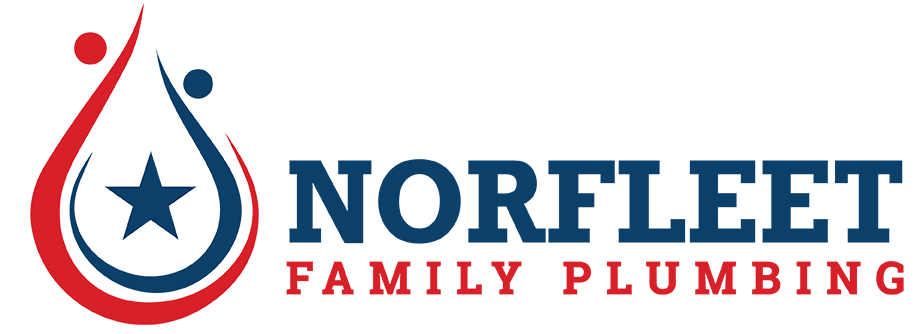Innovative Water-Saving Plumbing Technologies for Homes
Greywater is water used during showers or cleaning that's no longer potable but reusable in other ways.
Plumbing is thousands of years old, but its technologies constantly improve and evolve to meet the times. Every advancement leads to new techniques and materials indispensable in creating more efficient, cost-saving plumbing systems that respond to environmental factors. Chief among these is the pressing need to conserve water. Here are some innovative technologies leading the charge:
Smart monitoring systems
Automation is the future. It's no surprise that with a growing reliance on it in the construction industry, plumbing is also adopting technologies that streamline and improve its systems. Smart monitoring systems provide real-time information on water use, leaks, and pressure through sensors installed at various points in the plumbing network.
Constant system monitoring is an effective form of preventative maintenance, catching minor problems like leaks and blockages before they degrade further. Users can also monitor the water consumption of certain appliances and reduce their overall use as needed. All this results in less water wastage and lower bills.
Water-saving outlets
The average U.S. household wastes an estimated 180 gallons of water a week. Much of this loss occurs through fixtures. Newer plumbing technologies have developed innovative ways to help reduce this waste. These include:
Low-flow toilets: These toilets reduce water usage by up to 80% by reducing the water needed for each flush.
Aerated faucets: Built-in aerators that mix water with air help reduce the overall amount used without compromising the water flow from the faucets and shower heads.
Sensor faucets: These faucets only function when activated by a sensor to prevent water waste and bacterial contamination.
Greywater recycling
Greywater is water used during showers or cleaning that's no longer potable but reusable in other ways. The trick is making it easy to use. For example, some toilets include a faucet for hand-washing on their tanks and reuse that same water when flushing.
Newer technologies have broadened the possibilities for greywater application. For example, gravity-fed filtration systems collect greywater and rainwater runoff into a filtration tank, making it available for outdoor irrigation.
Water purification
Used water is often unsafe for human consumption, but the ability to reuse this water can mean better water efficiency. Methods of purifying water have improved over the years, with two leaders: UV filtration and reverse osmosis.
Top water purification methods
UV filtration uses ultraviolet light to kill organic matter in water, making it safe for human consumption. While it's cheap to set up, its filtration cannot remove chemical elements, so be careful when choosing which water source to purify.
Conversely, reverse osmosis uses a membrane to filter water molecules from harmful substances, such as arsenic, lead, and organic bacteria. While expensive to install, the low maintenance costs make reverse osmosis the more effective filtration option.
Get an expert installation
When installing a filtration system, consult a professional plumber first. Avoid the wrong filtration and improper installation, which could prove disastrous and hazardous.
If you need a licensed, bonded, experienced professional for plumbing, sewer camera inspection, or water heater installation, and water heater repair in Chandler, Gilbert, Mesa, Queen Creek, Ahwatukee or San Tan Valley call Norfleet Family Plumbing Heating and Air at 480-681-1764.

